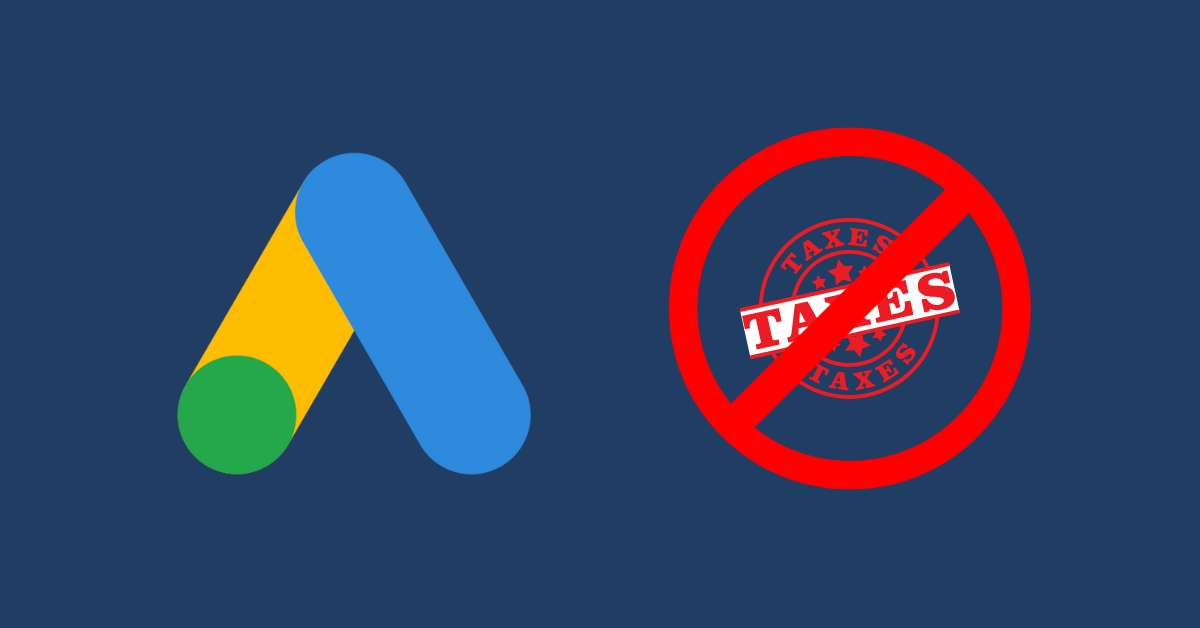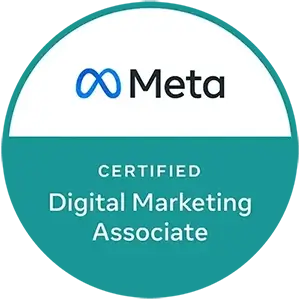In a saturated digital environment, the success of an advertising campaign depends on the ability to leverage each channel strategically. Each advertising platform has its own advantages and limitations, and understanding them is essential to maximizing return on investment (ROI). However, data collection alone is not enough: analyzing key performance indicators (KPIs) is essential to measure the effectiveness of the actions implemented.
Conversion rates: a key performance indicator
Conversion rate is one of the most important KPIs for measuring campaign success. It represents the percentage of users who take a desired action after interacting with an ad, whether it's a purchase, a registration, or a quote request.
However, not all conversions are created equal. Some businesses incorporate cross-selling or upselling strategies to maximize the value of each conversion. The former involves offering complementary products, while the latter encourages consumers to upgrade to a premium version of their initial purchase. These approaches are particularly effective when integrated into the advertising journey.
Display advertising: a powerful lever for visibility
Formats and impact on user experience
Display advertising encompasses various visual formats: banners, videos, interactive ads, animations, and more. Its primary role is to increase brand visibility and influence purchasing decisions early in the customer journey.
Native formats, which integrate with the editorial content of websites, tend to generate higher engagement rates. However, while they perform better in terms of clicks, their impact on brand recognition may be less than more traditional formats.
The main drawback of display advertising is the phenomenon of "banner blindness," where Internet users learn to ignore overly visible ads. Additionally, the increased use of ad blockers makes it difficult to accurately attribute performance.
An essential channel for the discovery phase
Display ads are particularly effective at introducing a brand to new consumers. While they may not trigger an immediate conversion, they help build brand awareness and influence long-term purchasing decisions.
Search Engine Advertising: Reaching Engaged Users
Search engine marketing (SEM) relies on bidding on keywords to display sponsored ads in search results. Unlike display campaigns, this method targets users who have already expressed an active interest in a product or service.
Advertisers benefit from increased user purchase intent, but they also need to monitor conversion cannibalization. Some searches come from loyal customers who would have visited the site directly, without a paid ad.
SEO and organic search: a sustainable approach
Optimize your ranking without advertising
Search engine optimization (SEO) aims to improve a website's ranking in unpaid search engine results. This approach is often perceived as "free," although its optimization requires investment in content, development, and analysis.
A good SEO strategy is based on several factors:
• Accessibility to crawlers
• Quality of content and keywords
• User experience and technical performance of the site
Good organic ranking reduces reliance on paid campaigns and improves visitor conversion rates.
Social Media Advertising: Capturing Attention Where It Is
Social Paid: Targeted Advertising Campaigns
Social media ads allow you to reach consumers in an environment where they spend a large portion of their time. They offer advanced targeting options based on interests, online behavior, and demographics.
Organic social networks: a natural lever for engagement
Organic content, while more difficult to monetize directly, plays a key role in building an engaged community. When content goes viral, it gains increased credibility, often perceived as more authentic than traditional advertising.
Direct search and brand search: indicators of loyalty and awareness
The importance of direct research
When consumers type a website's URL directly into their browser, it demonstrates a trusting relationship with the brand. This behavior is often the result of strong brand awareness and successful loyalty building.
Brand research: a key indicator of awareness
Searches that include a company's name or its products indicate a high level of interest. They are usually the result of prolonged exposure to advertising or effective word of mouth.
Shopping campaigns and Performance Max: maximizing conversion
Shopping Campaigns: Attracting Buyers Ready to Buy
Google Shopping campaigns allow you to display product listings directly in search results. This format is particularly effective for e-commerce sites, as it targets users with high purchase intent.
Performance Max: an automated and omnichannel approach
Performance Max campaigns use artificial intelligence to deliver ads across the Google ecosystem, automatically optimizing placements and bids to maximize conversions.
Affiliate Marketing and Influencer Marketing: Leveraging Third-Party Audiences
Affiliation: a performance-based model
Affiliate marketing relies on a partnership between a brand and a content creator, who promotes their products in exchange for a commission on sales generated. This model reduces the risk for the advertiser, who only pays for the results achieved.
Influencer Marketing: Leveraging Creator Credibility
Influencers benefit from a relationship of trust with their audience. Their recommendations are often perceived as more authentic than traditional advertising, making them a powerful tool for reaching qualified consumers.
Email marketing and SMS: direct and effective communication
Emailing: an essential lever for engagement
Email campaigns help you maintain relationships with prospects and customers by offering them offers, exclusive content, or purchase reminders.
SMS Marketing: An Instant Approach
SMS offers a very high read rate and allows you to send short, impactful messages, ideal for limited-time promotions or abandoned cart reminders.
Understanding Channels with TOFU, MOFU and BOFU
In an omnichannel strategy, each channel plays a specific role in the conversion funnel:
• TOFU (Top of Funnel) : attract a qualified audience (SEO, display advertising, influencer marketing).
• MOFU (Middle of Funnel) : engage and inform prospects (comparative SEO, retargeting, PPC, email marketing).
• BOFU (Bottom of Funnel) : convert and retain (PPC on brand keywords, follow-up email, cross-selling and up-selling).
Conclusion
The effectiveness of an advertising strategy depends on the complementarity of channels and their strategic use throughout the customer journey. The key to success lies in adapting messages and formats to the different stages of the purchasing process.
By combining a multi-channel approach and in-depth data analysis, businesses can maximize their ROI and create a consistent user experience, from first contact to loyalty.












